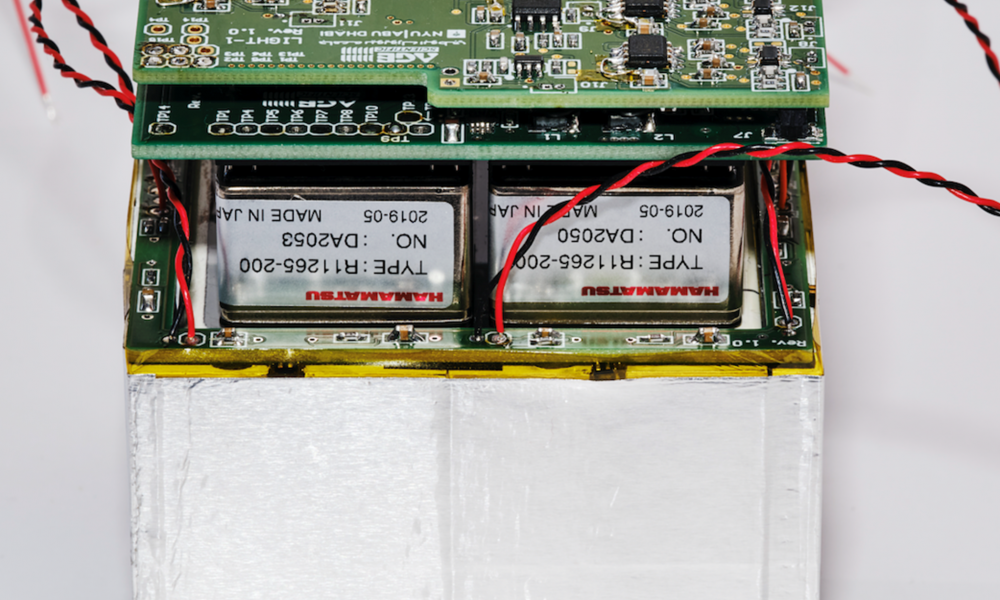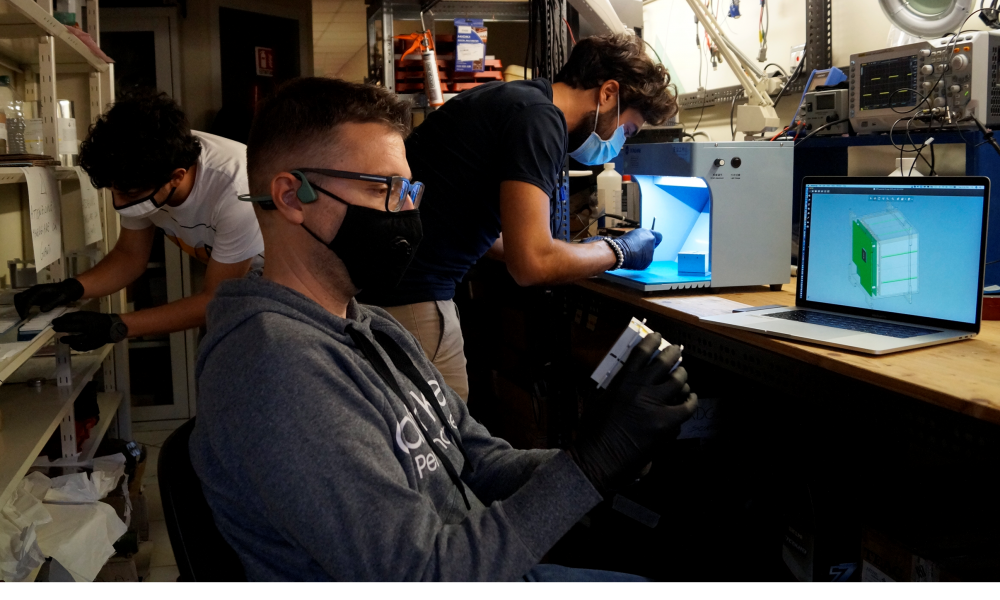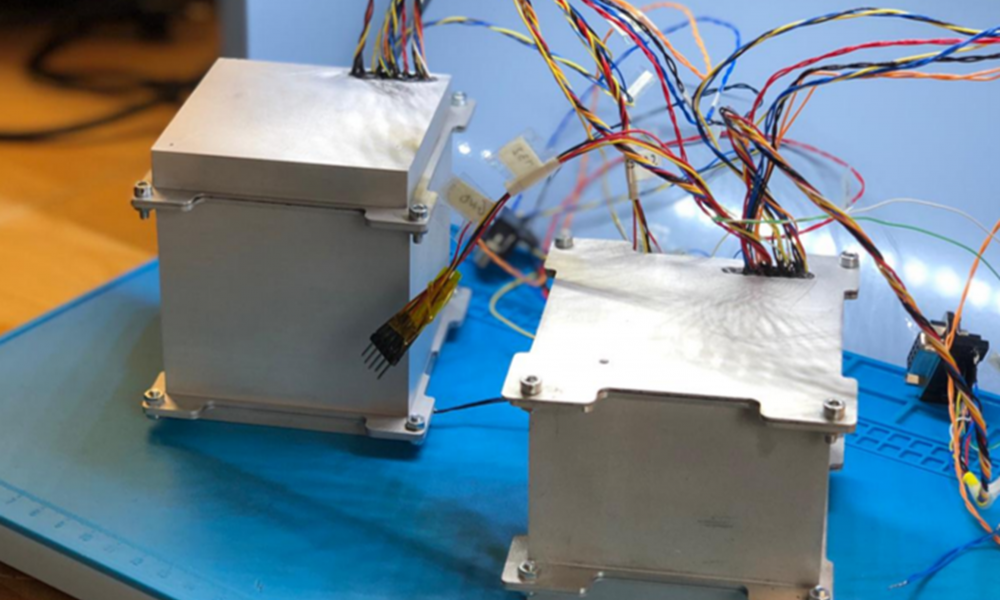Space Program
Particle detection in space is one of the most contemporary hot topics in particle physics. AGILE, FERMI, PAMELA along many others, have been at the forefront of space-based observation in the last two decades, given the large variety of instruments capable of detecting radiation (gamma- and x-rays, charged particles). Huge scientific collaborations, enormous resources, very strict logistics and multi-year planning are in general the common denominator for the design and operation of large-scale missions.
A few years back, a breakthrough idea opened for a more “democratic” use of the space: Professor Jordi Puig-Suari at California Polytechnic State University (Cal Poly) and Professor Bob Twiggs at Stanford University’s Space Systems Development Laboratory (SSDL) “develop a pico-satellite standard that significantly reduces the cost and development time of student satellites”. This new standard is nowadays known as CubeSat: a change of paradigm for accessing space that opened for tremendous advancement in Science too. A CubeSat is a highly standardized protocol composed of 10 cm X 10 cm X 11 cm unit, less than 1.3 kg of mass and with limited power and data budget.
In 2018, we have started the LIGHT-1 CubeSat project, developed in collaboration with the UAE Space Agency, Khalifa University, Age Scientific (Italy) and Rome3 University (Italy). LIGHT-1 is a 3U CubeSat that will be launched in the third quarter of 2021 and deployed from the International Space Station (ISS). The scientific goal of the mission is to detect Terrestrial Gamma Ray Flashes (TGF) and other gamma-ray emissions triggered by astronomical events. A TGF consists of a high intensity gamma-ray emission (at the ISS orbit the expected fluency is about 100 per cm2 per second) and very short in duration (usually less than 1 ms). The typical gamma-ray energy span of a TGF is between few tens of keV (X-rays) up to hundred MeV. TGFs are generated by the most violent thunderstorms, mostly occurring in the equatorial region: the high intensity electric field typical lightning is believed responsible for the acceleration of the electrons that start moving in a low density medium (air) and therefore expected to generate gamma-rays by bremsstrahlung effect. Such mechanism is responsible for the generation of a strong and prompt flash of gamma-rays: a TGF is the most intense and energetic natural emission of gamma-ray on earth.
 The “PMT” payload assembled and ready to be installed in the aluminum protection enclosure
The “PMT” payload assembled and ready to be installed in the aluminum protection enclosure The payload team working on site during the preliminary phase of the detector assembling operations.
The payload team working on site during the preliminary phase of the detector assembling operations. The “PMT” (tallest”) and the “SiPM” payloads finalized and ready for the final integration in the satellite bus.
The “PMT” (tallest”) and the “SiPM” payloads finalized and ready for the final integration in the satellite bus.
The LIGHT-1 payload consists of two independent gamma detectors installed at the far ends of the satellite bus: one is based on the use of Multi-Pixel Photon Counters (MPPC) coupled to an array of Cerium Bromide (CeBr3) crystals, the other is based on the use of Photomultiplier Tubes (PMTs) coupled to a hybrid crystal array (2 Cerium Bromide + 2 Lanthanum Bromo Chloride (LBC) units). An anti-coincidence layer (VETO) for charged particle rejection surrounds each subsystem and it is used to tag charged particle induced events.
The interaction of a gamma-ray in the crystal produces a flash of light, whose intensity is proportional to the energy released in the event. The photosensors (MPPCs or PMTs) convert the detected light into an electric pulse, whose charge is proportional to the number of photons detected and therefore to the energy released in the event. The payload custom electronics integrates the electric pulse, measures its charge and assign a timestamp to the event (with a resolution better than one microsecond). Each event is then processed by means of an algorithm running on the payload, a category assigned and made available for the transmission to ground.
The payload was completed on Nov 9, 2020 and sent to Lithuania for the final integration in the bus and for the space qualification. The mechanical, electrical and environmental tests have been completed in June 2021. After the energy calibration and the payload software optimization, LIGHT-1 will be shipped to Japan (JAXA) and made ready for the launch.
LIGHT-1 will be the first United Arab Emirates Astroparticle space mission aiming at detecting gamma-rays emitted from Earth.